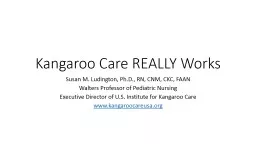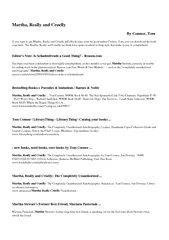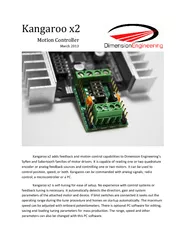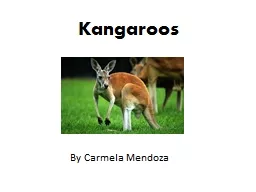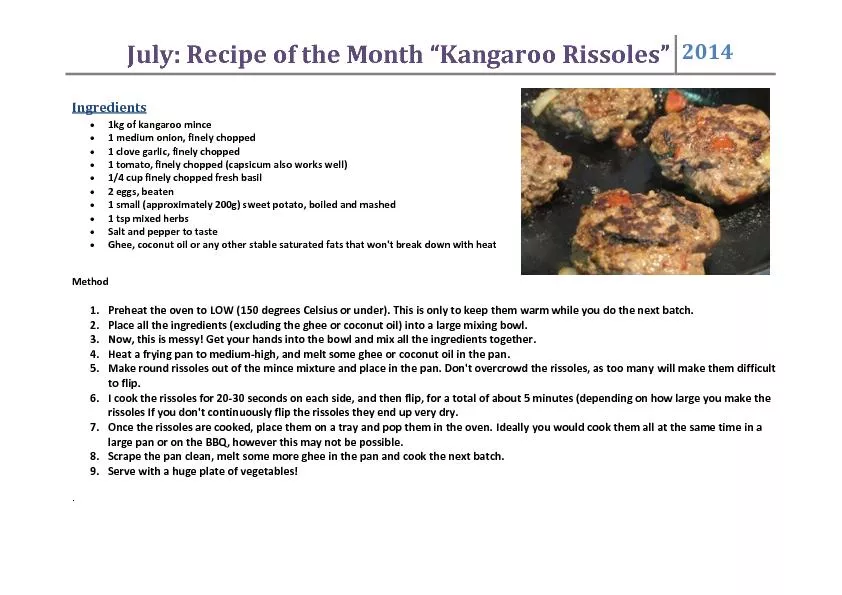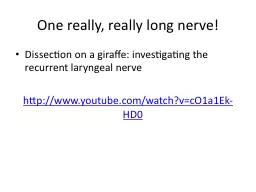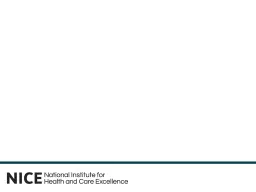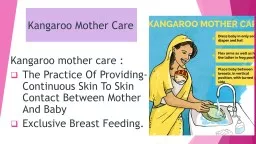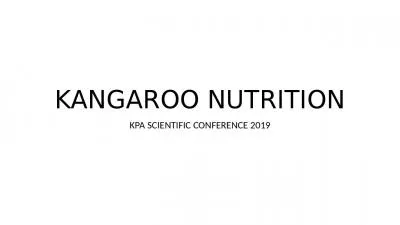PPT-Kangaroo Care REALLY Works
Author : trish-goza | Published Date : 2019-12-29
Kangaroo Care REALLY Works Susan M Ludington PhD RN CNM CKC FAAN Walters Professor of Pediatric Nursing Executive Director of US Institute for Kangaroo Care wwwkangaroocareusaorg
Presentation Embed Code
Download Presentation
Download Presentation The PPT/PDF document "Kangaroo Care REALLY Works" is the property of its rightful owner. Permission is granted to download and print the materials on this website for personal, non-commercial use only, and to display it on your personal computer provided you do not modify the materials and that you retain all copyright notices contained in the materials. By downloading content from our website, you accept the terms of this agreement.
Kangaroo Care REALLY Works: Transcript
Download Rules Of Document
"Kangaroo Care REALLY Works"The content belongs to its owner. You may download and print it for personal use, without modification, and keep all copyright notices. By downloading, you agree to these terms.
Related Documents

